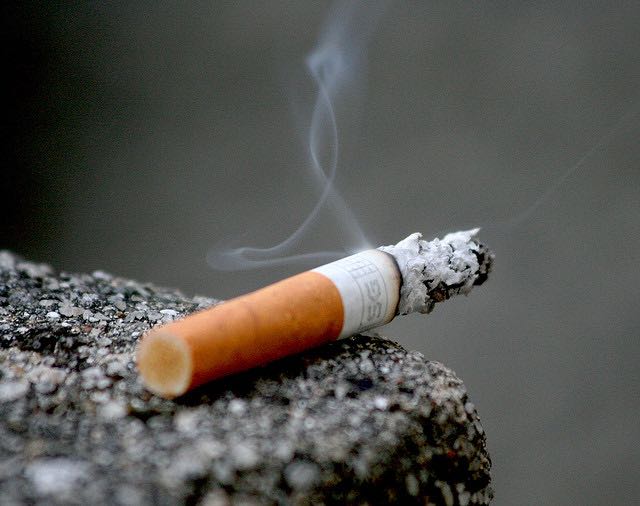A new study published June 11 by the scientific journal Addiction finds that in England, children’s exposure to second-hand smoke has plummeted by nearly 80% since 1998.
An emerging social norm in England has led to the adoption of smoke-free homes not only when parents are non-smokers but also when they smoke.
Teens Today Are Actually Good – 7 Positive Trends Prove It
The study gathered data from over 35,000 children who participated in the annual Health Survey for England from 1998 to 2012. Children’s exposure to second-hand smoke was measured through the presence of cotinine, a nicotine derivative, in saliva samples. The body converts nicotine that has been absorbed as a result of inhaling tobacco smoke into cotinine which stays in the body much longer than nicotine and so provides an accurate record of the quantity of smoke inhaled in recent days.
In the late 1980s, the concentration of cotinine in the saliva of non-smoking children averaged 0.96 ng/ml. By 1998, that figure had dropped to 0.52 ng/ml, and by 2012 it had dropped further to 0.11 ng/ml. By 2012, over two thirds of all children had undetectable levels of cotinine, an occurrence that was once a rarity.
Surprise! Museums in the U.S. Outnumber Starbucks and McDonald’s–Combined
In 2010 the UK government included in its national tobacco control plan the ambition to see two-thirds of households with smoking parents go smoke-free by 2020. Already well over half of homes containing children with smoking parents have gone smoke-free. If current trends continue, government targets for protecting children from second-hand smoke will be reached ahead of time.
Photo by lanier67, CC





















That’s awesome!:)